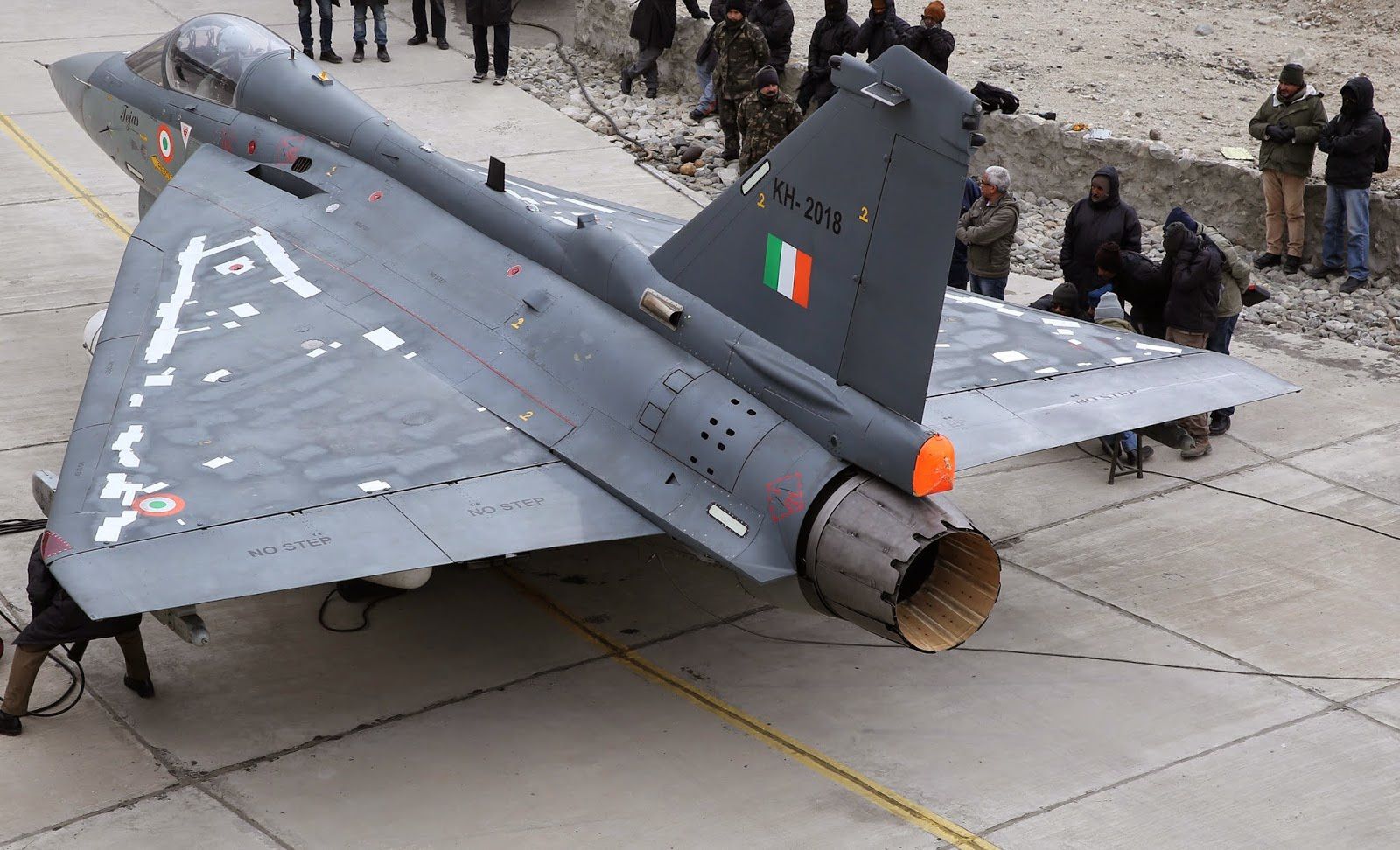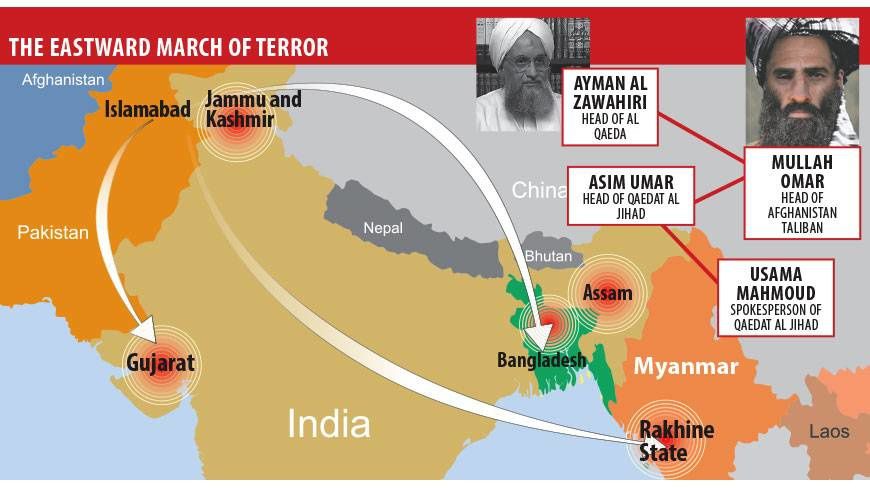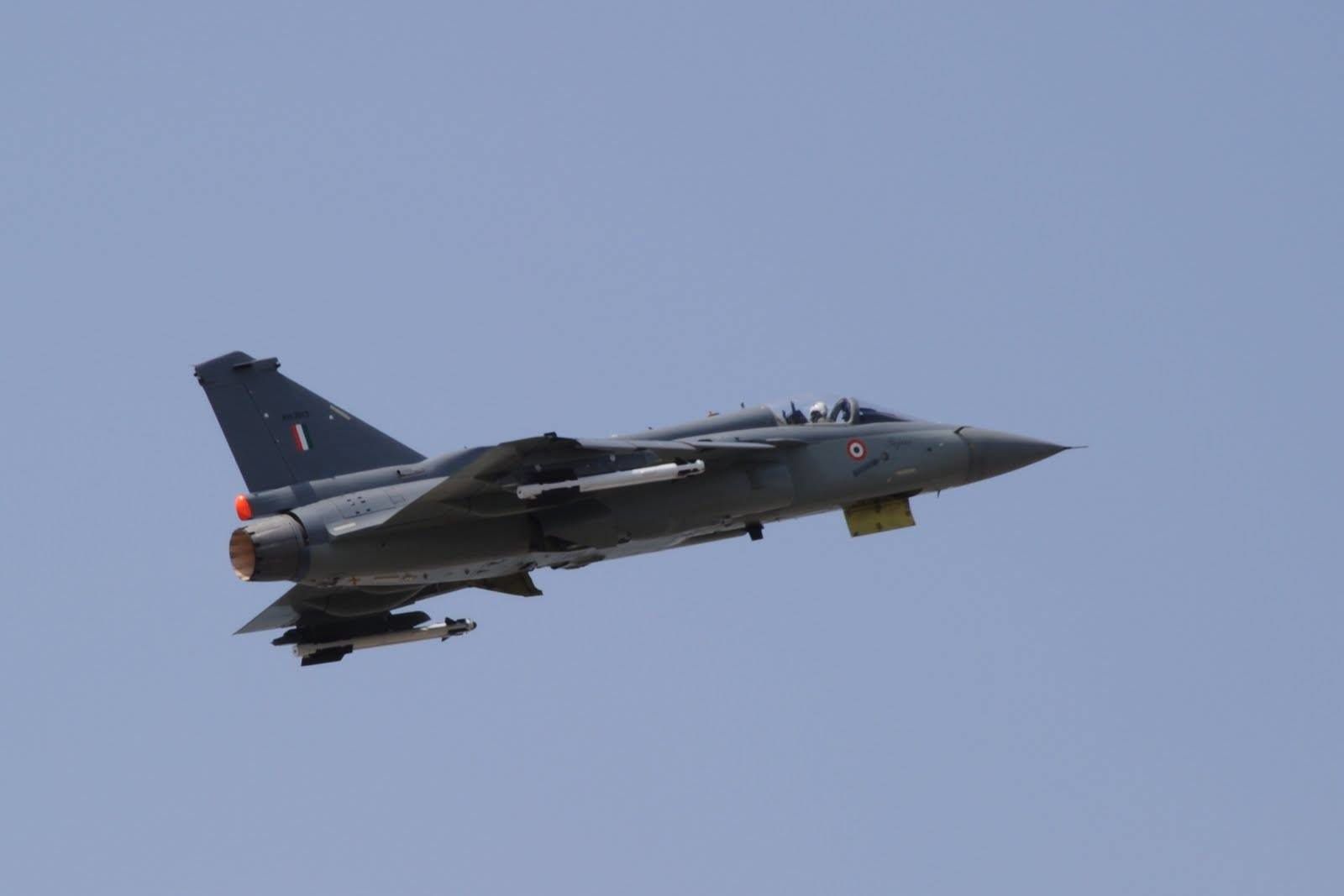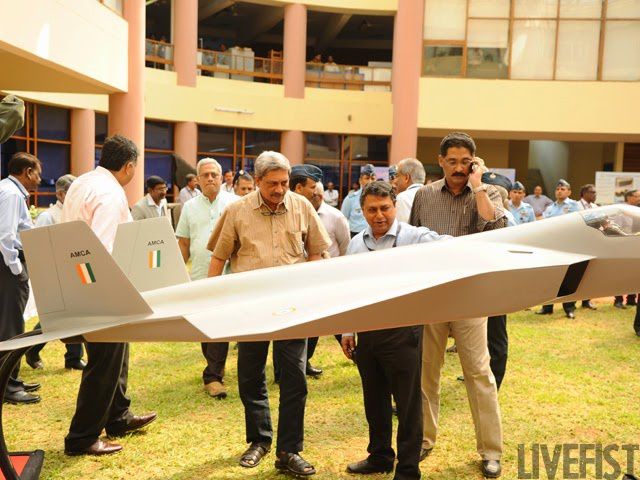Armement - Le Premier ministre indien Narendra Modi va-t-il faire entrer l'Inde dans une ère moderne en matière d'acquisition d'armes?
Industriels cardiaques s'abstenir... Pour se lancer dans un appel d'offre en Inde dans le domaine de l'armement, il faut d'abord s'armer de beaucoup, beaucoup de patience. Mais pas que... Car l'industriel qui a gagné après une longue, très longue procédure, peut encore tout perdre. En Inde, le jeu "Qui perd gagne" en matière d'achats d'armements est très en vogue. Les groupes français ont malheureusement beaucoup subi de décisions en leur défaveur ces dernières années. En dépit de nombreux déboires, ils ont courbé l'échine face aux enjeux colossaux d'équipements en matière militaire de l'Inde, considéré comme un eldorado par les industriels de l'armement du monde entier.
Peut-être François Hollande en touchera-t-il deux mot au Premier ministre indien Narendra Modi qui se rendra en avril en France pour son premier déplacement en Europe. Les deux hommes d'État devraient discuter du renforcement du partenariat stratégique entre les deux pays et de leur coopération économique. Cette visite de deux jours se déroulera pour partie en province, a précisé Laurent Fabius à quelques journalistes après un entretien avec le Premier ministre indien à New Delhi. En attendant cette visite, tous les industriels de la planète se donnent rendez-vous au salon aéronautique Aero India 2015 (18-22 février) à Bangalore.
La demande extravagante de New Delhi
Le méga-contrat pour la vente de 126 avions de combat Rafale à l'Inde, en discussion depuis janvier 2012, devrait figurer en bonne place dans les discussions. Trois ans que Dassault Aviation et ses partenaires et le ministère de la Défense indien sont en négociations exclusives. En décembre dernier, un porte-parole du ministère indien de la Défense avait expliqué que sur le Rafale, "il a été décidé que tout désaccord serait résolu de manière accélérée". La France pouvait être donc rassurée...
Sauf qu'aujourd'hui les négociations sont bel et bien bloquées. Les Indiens souhaitent que les industriels français, Dassault Aviation en tête, garantissent les Rafale qui sortent des usines de HAL (Hindustan Aeronautics Limited), l'industriel étatique indien (délais, dommages...). Et à juste titre, l'avionneur refuse cette demande extravagante. Un désaccord majeur qui pourrait faire le jeu des Russes et des Britanniques, qui n'ont eu de cesse de rappeler en outre à New Delhi combien les Français ne sont pas fiables en termes de livraison. Ils font expressément référence au deux porte-hélicoptères de la classe Mistral fabriqués par DCNS pour le compte de la marine russe. Deux bâtiments dont la livraisons est bloquée par Paris en raison du conflit ukrainien.
En Inde, "tous les interlocuteurs russes des Indiens disent de nous que nous ne sommes pas fiables. Les Anglais également", expliquait en 2014 aux sénateurs un des plus hauts responsables du ministère de la Défense, le délégué général pour l'armement, Laurent Collet-Billon.
Des hélicoptères Fennec au système de défense aérienne SR-SAM
Des déboires, l'industrie d'armement française en a connu un certain nombre en Inde. A commencer par Dassault Aviation. Charles Edelstenne, alors Le PDG, a gardé en travers de la gorge un appel d'offre lancé par New Delhi pour des avions d'entraînement sur lequel le groupe français, qui proposait ses Alpha Jet, avait négocié... pendant vingt-deux ans, avant de jeter l'éponge. Plus récemment, l'Inde a annulé en 2007 un appel d'offres pour l'achat de 197 hélicoptères qui avait été gagné avec son modèle Fennec par Airbus Helicopter (Airbus Group). Ce contrat de 400 millions d'euros pour 197 machines pouvait monter à 1,5 milliard avec l'achat au total de 600 machines.
En 2010, New Delhi a annulé une commande portant sur l'acquisition de six avions ravitailleurs MRTT (Multi-Role Tanker Transport) d'Airbus Group en raison de de son prix élevé, contre les recommandations de l'Indian Air Force (IAF). Mais trois ans plus tard, l'Inde a à nouveau sélectionné cet appareil. Le contrat reste encore à signer. Enfin, trois ans après terminé les négociations et signé en décembre 2011, MBDA attend toujours la mise en vigueur du programme du système de défense aérien, SR-SAM (Short Range Surface to Air Missile), qui est pourtant un programme en coopération.
Faut-il débrancher le SR-SAM?
Ce missile sol-air de nouvelle génération doit être co-développé avec la DRDO (Defence Research and Development Organisation) et coproduit en Inde avec Bharat Dynamics Limited, estimé à 4,5 milliards d'euros, dont 1,8 milliard d'euros pour MBDA), est sur la sellette, faute de financement. Pourtant, en février 2013 à l'issue de la visite de François Hollande en Inde, un communiqué de l'ancien Premier ministre indien, Dr Manmohan Singh's avait annoncé avoir conclu avec les industriels les négociations sur le missile SR-SAM.
New Delhi a promulgué en juin 2013 de nouvelles procédures de passation des marchés de défense en plus des 30 % d'offset que les Indiens exigent pour accorder des contrats aux industriels étrangers. Des exigences qui visent notamment à développer une industrie de défense indienne robuste. Clairement, New Delhi a donné une impulsion à "l'indigénisation" des achats d'armements en donnant une plus grande préférence aux entreprises indiennes.








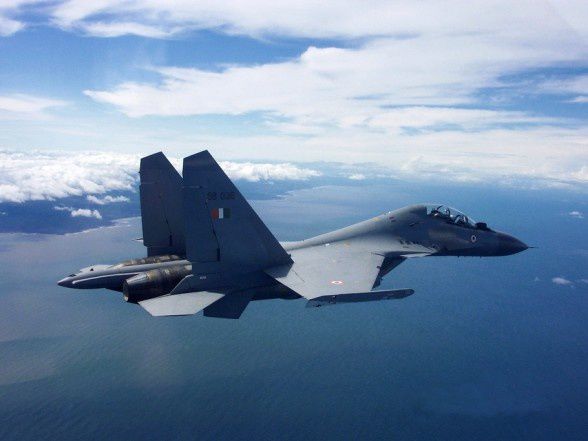

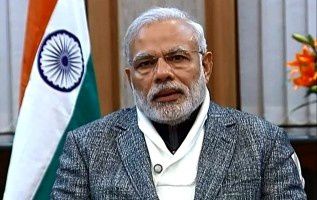
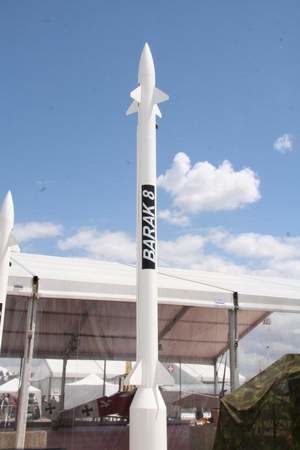


/image%2F0547456%2F20150208%2Fob_191ff4_lca-navy-prototype-2-photo-livefist-pi.jpg)
/image%2F0547456%2F20150208%2Fob_f22658_lca-navy-prototype-2-photo-livefist-pi.jpg)



